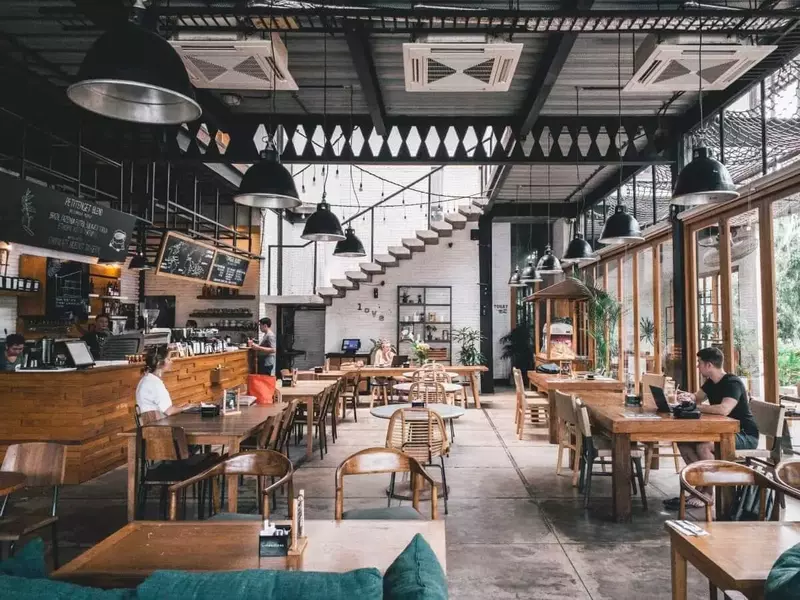Mastering the Art of Menu Pricing Strategy
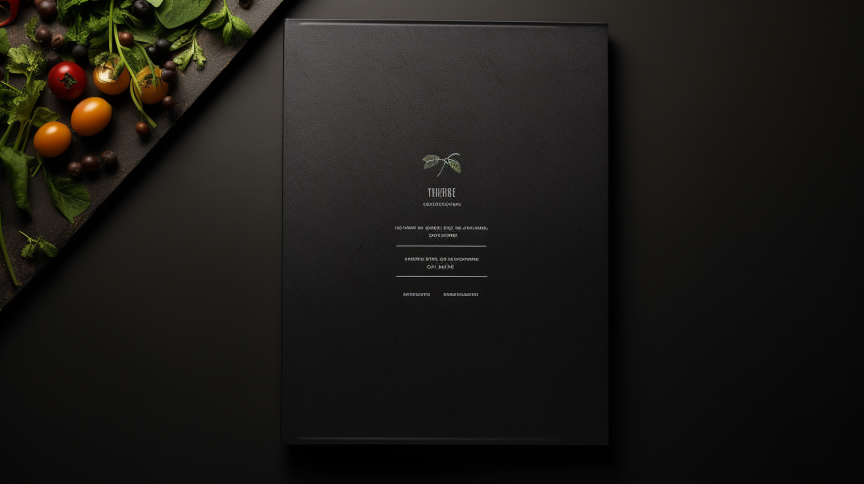
Whether you’ve been in the restaurant business for a while or you’re only starting, you must realize that the profit margins in this industry are notoriously low, at about 3–5% for a full-service restaurant and 6–9% for a quick-service restaurant, so every dollar counts.
So, how do restaurants stay profitable?
Successful restaurant businesses employ a strategic approach to menu pricing to help them maximize their earnings and achieve an ideal gross profit margin.
The good news is that successful restaurant menu pricing strategies are not secret. Below is everything you need to know about how to pick, develop, and implement the right menu pricing strategy for your restaurant.
Restaurant Menu Pricing Strategies

The following restaurant pricing strategies are behind some of the world’s most famous eateries. In Canada, you can find at least one of them everywhere, from Sybway to Alo.
Value-Based Pricing Strategy
Many restaurants are pricing menu items based on their perceived value. Factors like the quality of raw materials and the time and effort spent preparing the dish are also considered. Still, the key determinant is how much customers are willing to pay.
Cost-Plus Pricing Strategy
Cost-plus is a straightforward menu pricing model that allows restaurant owners to decide how much they will charge on top of their raw food costs and other expenses. This surplus should help you achieve the desired gross profit margin, but much risk is involved.
Demand-Driven Pricing Strategy
Demand-driven menu pricing takes cues from popular demand. If you have dishes on your menu that are currently trending, that allows you to set higher prices. However, food trends are highly volatile, so you must stay on top of demand and readjust accordingly.
Competitive Pricing Strategy
Due to fierce competition, this is one of the most common pricing strategies in the restaurant industry. It implies basing your plate cost on how much other restaurants in the area charge for the same dish. It’s a good way to price your menu and stand out in a busy market.
Dynamic Pricing Strategy
Rather than a fixed price, dynamic pricing sets flexible prices that depend on various factors such as time of day, day of the week, seasonality, type of service, and even weather conditions. So, the same menu item will have different prices based on these factors.
Psychological Pricing Strategy
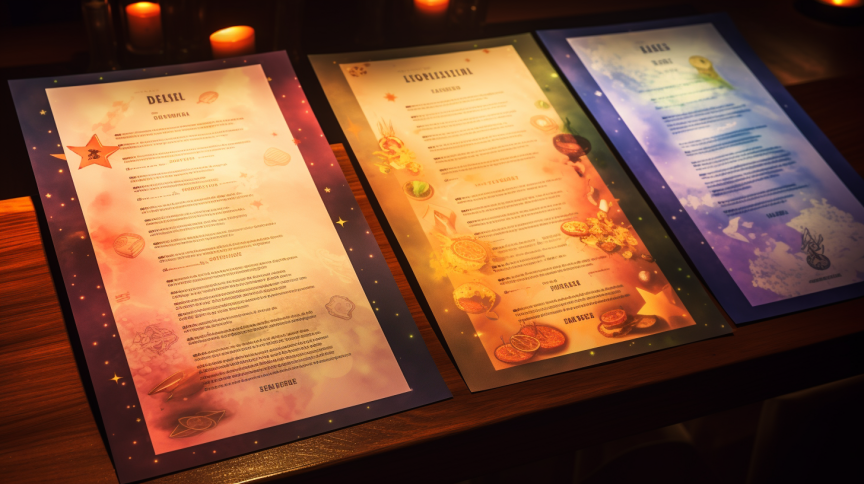
Another good way to price your menu is using basic consumer psychology. For instance, an average customer would rather pay $5.99 than $6.00 for a burger. That’s only a textbook example of a very diverse and hugely effective pricing strategy that many restaurants use.
Menu Engineering
Menu engineering is another type of psychological pricing. It relies heavily on the art of menu design and different promotional tricks to help draw the customer’s eye to the most profitable menu item. Menu engineering involves item placement, testing, and data analysis.
Limited-Time Offers
As another psychological restaurant menu pricing strategy, creating a sense of urgency around a product or a menu item is a tested and tried sales-boosting technique. Limited-time offers appeal to the consumer’s fear of missing out, thus generating high interest and traffic quickly.
Tiered Pricing Strategy
In some restaurants, menu prices vary based on the portion size and ingredients used. That gives more control to customers and caters to different tastes and budgets. This restaurant menu pricing strategy makes sense for single-item restaurants like crêperies.
Good-Better-Best pricing
Tiered menu prices are especially effective when combined with the good-better-best pricing technique. That’s when restaurants offer three options, small, medium, and large, and charge extra for each.
Premium Pricing Strategy
A “classier” version of the good-better-best menu price strategy can be found in restaurants with premium prices. These two strategies are the same but are aimed at different types of customers. Rather than sizing, this technique boosts sales by highlighting an exclusive experience.
Bundle Pricing Strategy
Fast food chains often offer several menu items bundled at a lower price. This method is called bundle pricing and also leans on psychology. Many customers will decide to spend a few dollars extra on a bundled meal that includes an item they wouldn’t order otherwise.
How to Calculate Restaurant Menu Prices

Figuring out optimum prices for your restaurant menu is crucial if you want to make it in this industry. On the brighter side, restaurant prices are easily calculated using these formulas.
Ideal Food Cost Percentage
To calculate food cost percentage, you need to know precisely how much your business spends on ingredients and compare that to how much your menu items generate. We will call the first value raw food cost and the second total food sales.
You can calculate your food cost percentage using the following formula:
raw food cost ÷ total food sales = food cost percentage
You spend on raw ingredients is $122,000, and you make $305,000. The food cost percentage for your restaurant is $122,000 ÷ $305,000 = 0,40.
Expressed in percentage, that is 40%, slightly above the ideal goal.
Most restaurants’ ideal food cost percentage is between 28% and 35%, meaning your prices must go up. But how much? Let’s calculate the ideal price per item.
We’ll use your signature risotto as an example, which costs you $4 to make. The ideal food cost percentage for Italian restaurants is 28%. To calculate the ideal price for a risotto that costs you $4 to make, you need to apply this formula: $4 ÷ 28% = $14
Gross Profit Margin
The gross profit margin is easy to calculate using the formula below. As you can see, you’ll need two values for this, your restaurant’s total revenue and the cost of goods sold.
(revenue – cost of goods sold) ÷ revenue = gross profit margin
For example, the gross profit margin for a restaurant with a $400,000 revenue and $150,000 cost of goods sold would be ($400,000 – $150,000) ÷ $400,000 = $250,000 ÷ $400,000 = 0,62. This is 62% expressed in percentage, while the ideal gross profit margin is 70% or higher.
Knowing your gross profit margin is crucial because it tells you whether or not your restaurant is making enough money to stay profitable. A gross profit margin below 70% indicates raising your prices. From the example above, the restaurant must start generating at least $500,000 in total revenue.
While this formula doesn’t help you calculate ideal prices for individual menu items, it reveals how much you need to bump your prices to achieve the ideal gross profit margin. Many restaurant owners use it as a starting point for developing the most effective cost-plus pricing strategy.
Break-Even Point
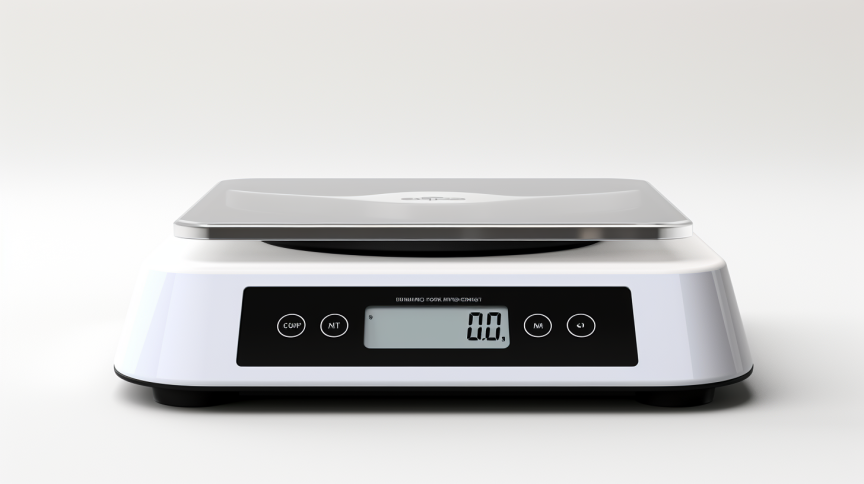
The break-even point is how much your restaurant needs to make to cover its expenses over a specific period. There’s a fairly simple formula you can use for this:
fixed costs ÷ (selling price per menu item – variable cost per menu item) = break-even point
Let’s break this down. Suppose you have a casual restaurant with fixed costs of $10,000 per month. Its best-selling dish—beef rib empanada, for example—goes for $20, while the variable costs for this dish are $10. We can calculate this restaurant’s break-even point using the formula:
$10,000 ÷ ($20 – $10) = 1,000 servings
So, to break even and cover all costs of making their beef rib empanada, this restaurant needs to sell it 1,000 times in one month. Every beef rib empanada sold after that point will deliver pure profit to the restaurant. This menu item must generate $20,000 monthly to be profitable.
If, upon this analysis, the restaurant operators notice that the beef rib empanada gets ordered less than 1,000 times during one month, they can do two things. If this is a best-selling menu item, they can raise its price. If not, they should consider replacing it with a more popular or cheaper dish.
In either case, this item must ensure $20,000 to make it to the break-even point.
Maximum Allowable Food Cost
The maximum allowable food cost is a formula that will help you determine how much you can spend on food to reach your desired gross profit margin.
100% – all expenses (%) = maximum allowable food cost (%)
maximum allowable food cost (%) ÷ total budget ($) = maximum allowable food cost ($)
To calculate all expenses, sum up labour costs, supplies, utilities, maintenance, fees and licenses, and other fixed costs besides food, and add the target profit percentage.
All expenses make up 75% of your maximum budget. In this case, your restaurant’s maximum allowable food cost percentage would be 100% – 75% = 25%. If your monthly budget is $80,000, the full allowable food cost would be 25% ÷ $80,000 = $20,000.
Things to Consider When Pricing Menu Items
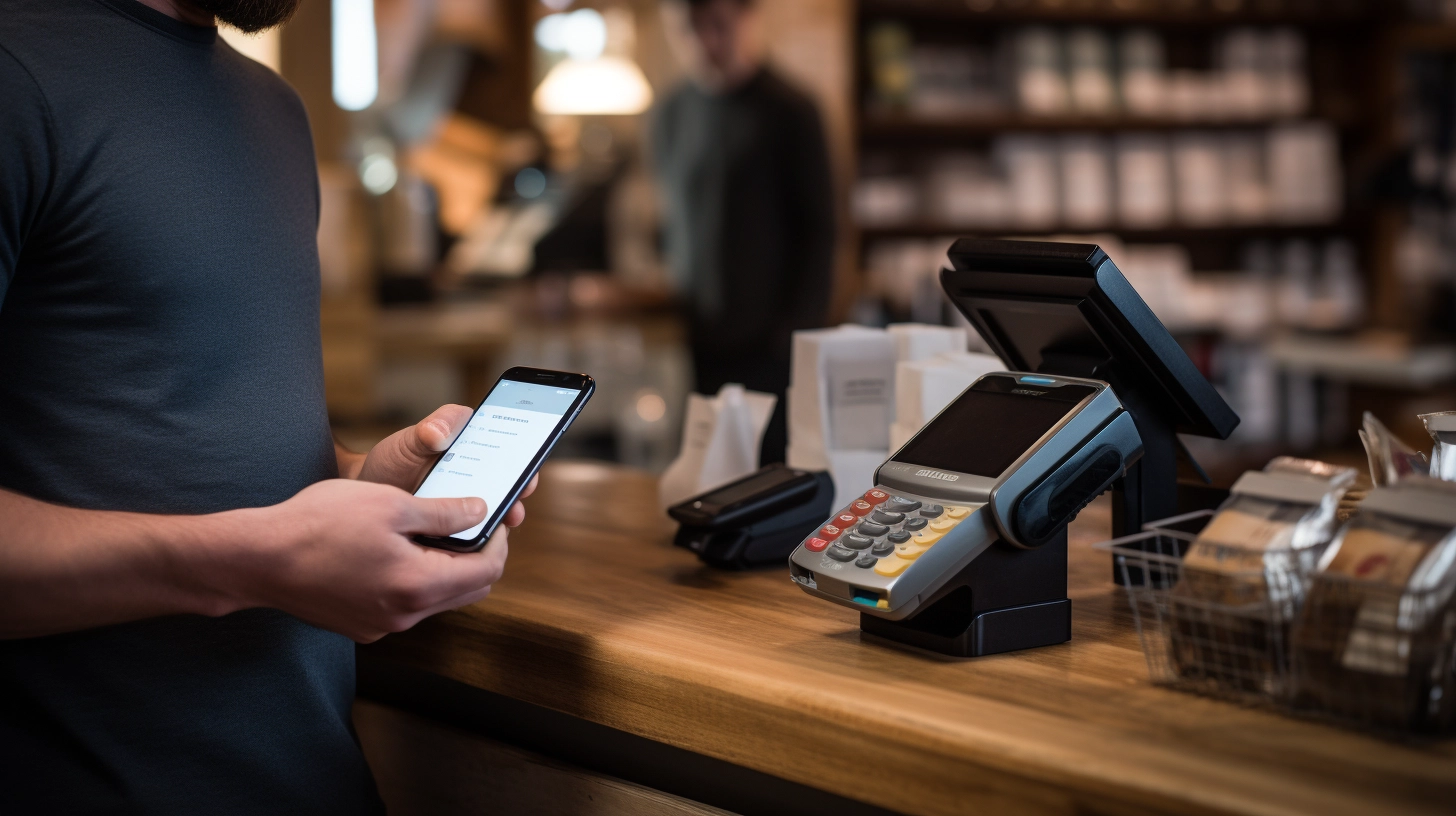
Metrics like raw food cost, total sales, and revenue are vital for determining restaurant menu prices, but they are not the only ones. The following elements should be factored in, as well:
- Prime costs – The prime cost of each menu item is the sum of the ingredients and labour costs for that dish. It’s a baseline for cost-plus pricing and many other strategies.
- Perceived value – Price testing and customer analysis can help you determine the perceived value of your food, which reflects the amount your customers are willing to pay.
- Demand – Is your restaurant packed for weekends? If yes, you can introduce dynamic pricing and charge more for premium times or offer discounts when you’re less busy.
- Competition – You cannot ignore competition when setting prices for your restaurant. Ideally, your prices should be higher than your competitors unless you’re losing clientele.
- Balance – You can’t have an ideal gross profit margin without balanced prices, meaning that your side dishes can’t cost more than your main ones, even if they are more popular.
- Market tendencies – Food trends and demand often allow you to charge more for items that don’t cost much, like Caprese salad, avocado toast, or bruschetta.
- Menu design – Menu engineering plays an important role in restaurant pricing, as it can promote unpopular menu items, highlight profitable entries, and give a hard sell a chance.
It’s Time to Stop Charging Less Than You Are Worth
Arbitrary pricing has ruined many good restaurants. You might face a similar fate if your finances are stretched too thin. Fortunately, there is always time to turn this around.
As you can see, there are many different restaurant menu pricing strategies. Key metrics such as prime costs, revenue, and factors like demand, competition, and market can help you calculate prices for your restaurant menu and implement the best pricing strategy.
FAQ
What is a menu pricing strategy?
A menu pricing strategy is a restaurant’s approach to calculating how much to charge for each item on the menu. It involves raw food costs, labour expenses, competitors’ prices, customer demand, and the ideal gross profit margin. The purpose of such a strategy is twofold: to maximize earnings for the restaurant while ensuring customer satisfaction at the same time.
What is the most common method for pricing menu items?
The most common method of pricing menu items in the restaurant industry is the so-called cost-plus pricing (the prime cost method). This strategy involves calculating each menu item’s ingredient and labour costs and adding a predetermined percentage for overhead expenses and ideal profit margins.
How can I optimize my menu pricing strategy?
You can optimize your menu pricing strategy by implementing pricing experiments to test different strategies and assess customer responses. Data analytics can provide insights into customer behaviour, price elasticity, and revenue optimization. Based on these learnings, you can achieve optimal results by continually refining your pricing strategy.
Why is menu costing important for a restaurant?
Menu costing is important for a restaurant as it involves analyzing ingredient costs, standardizing recipes, negotiating with suppliers, implementing portion control, and monitoring waste. Calculating plate costs and strategically pricing menu items are crucial for menu engineering and profitability.
How do I achieve a balance between culinary creativity and financial savvy?
Achieving a balance between culinary creativity and financial savvy involves accurately analyzing ingredient costs, standardizing recipes, and strategically pricing menu items. You can ensure profitability and long-term success by regularly reviewing and updating your menu based on changing ingredient costs and customer demands.
Resources:
https://www.eposnow.com/ca/resources/menu-engineering/
https://www.restobiz.ca/your-menu-pricing-strategy-can-help-your-restaurant-get-ahead/


